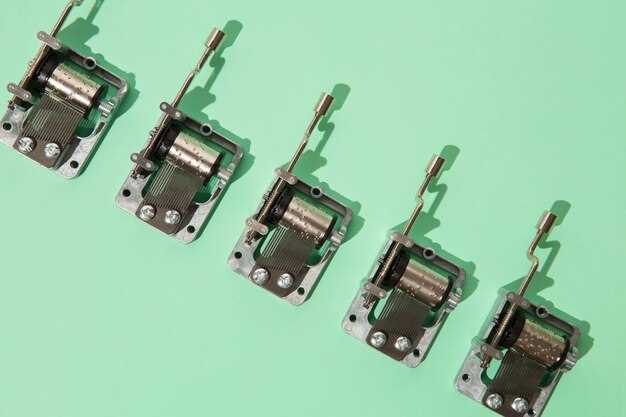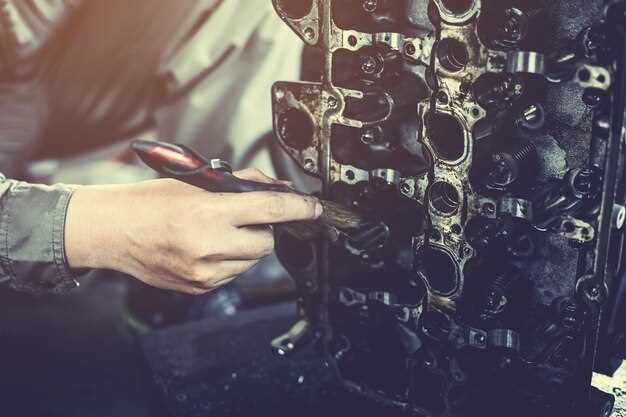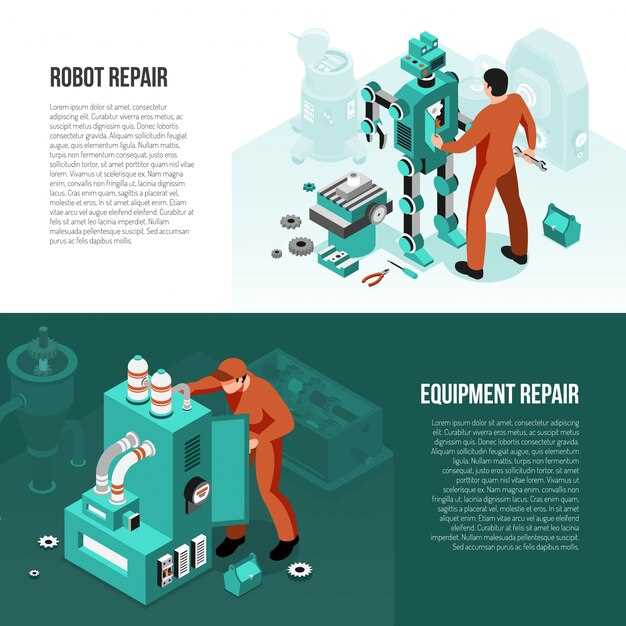
Restoring electrical systems in salvage cars presents a unique set of challenges and opportunities for automotive enthusiasts and professionals alike. The electrical system is the backbone of any vehicle, controlling everything from the engine management to essential components like lights and infotainment systems. As cars become increasingly complex, understanding the intricacies of automotive electrical diagnostics becomes essential for successful restoration.
When working with salvage vehicles, the diagnostic process begins with a thorough assessment of the electrical system’s condition. Initial inspections should focus on identifying visible damage, such as frayed wires, corroded connectors, and compromised components. However, the true scope of the issues often lies beneath the surface, necessitating advanced diagnostics tools to ensure that every potential fault is uncovered.
Once the diagnostic phase is complete, the restoration process can begin in earnest. This typically involves repairing or replacing damaged wiring, testing and possibly recalibrating electronic control units (ECUs), and ensuring that all power distribution systems are functional. Attention to detail during this stage is crucial, as a single overlooked defect can lead to larger issues down the line. By prioritizing thorough diagnostics and precise restoration techniques, enthusiasts can breathe new life into salvage cars, ensuring they are both safe and reliable for future use.
Essential Tools for Electrical Diagnostics in Salvage Vehicles

When dealing with salvage vehicles, proper electrical diagnostics are crucial for identifying issues and ensuring the systems function correctly. Having the right tools can make a significant difference in efficiency and accuracy.
Multimeter: This is an indispensable tool for any electrical diagnostics. A multimeter can measure voltage, current, and resistance, helping technicians diagnose electrical issues by providing real-time data on the electrical flow within the vehicle.
OBD-II Scanner: An On-Board Diagnostics II scanner is essential for reading error codes from the vehicle’s computer system. It helps in pinpointing faults related to the engine, transmission, and other electrical systems, allowing for targeted troubleshooting.
Wiring Diagram: Access to accurate wiring diagrams is vital for understanding the electrical system layout in salvage vehicles. These diagrams provide detailed information on connections, helping technicians trace faults and identify possible short circuits or broken wires.
Test Lights: A simple yet effective tool, test lights are used to check for the presence of voltage in fuses, wires, and connections. They quickly indicate whether a circuit is complete or if there is a break somewhere in the electrical path.
Clamp Meter: A clamp meter allows for measuring current without the need to disconnect the circuit. This non-intrusive method is particularly useful when diagnosing higher amperage circuits in salvage vehicles.
Circuit Tester: This tool helps verify the integrity of electrical circuits. By applying it to various points in the circuit, technicians can determine if power is reaching components, which is essential for pinpointing discrepancies.
Soldering Iron and Heat Shrink Tubing: These tools are necessary for making reliable repairs to damaged wires and connections. Proper soldering ensures a strong electrical connection, which is vital for the longevity and reliability of the vehicle’s electrical system.
Equipping a workspace with these essential tools will significantly enhance the ability to perform effective electrical diagnostics on salvage vehicles, thereby improving repair outcomes and vehicle safety.
Step-by-Step Guide to Rewiring Electrical Circuits
Rewiring electrical circuits in salvage cars is a critical process that ensures the functionality and safety of the vehicle’s electrical system. Proper diagnostics are essential to identify existing issues and prevent further complications during the rewiring process.
Begin by gathering the necessary tools and materials: wire strippers, crimping tools, electrical tape, heat shrink tubing, and a multimeter for testing. Ensure that you have a wiring diagram specific to the vehicle model, as this will be the reference point throughout the rewiring process.
Next, disconnect the negative terminal of the battery to eliminate any risk of electrical shock. Proceed to remove panels or covers that protect the wiring harness. Carefully inspect the existing wiring for damage, corrosion, or fraying. Use your multimeter to perform diagnostics and check for continuity in the circuits you intend to rewire.
Once diagnostics are complete, begin removing the damaged wires. Cut them back to a point where they are undamaged, using wire strippers to prepare new wire ends. Choose wire that matches the original gauge and insulation type to ensure compatibility with the car’s electrical system.
Start connecting new wiring based on the wiring diagram. Strip the ends of your new wires, twist them tightly together with existing ones if applicable, and use crimp connectors for a secure connection. Seal connections with electrical tape or heat shrink tubing to protect against moisture and wear.
After all connections are made, double-check each one for security and accuracy. Reconnect the battery and power on the vehicle for diagnostics. Use your multimeter to test voltage at various points within the rewired circuits, ensuring everything operates correctly.
Finally, replace any panels or covers removed earlier. Conduct a thorough test of all electrical components such as lights, radio, and other systems to confirm that the rewiring was successful and that functionalities are restored.
Troubleshooting Common Electrical Issues in Salvaged Cars

When dealing with salvaged cars, electrical issues are a common headache for many enthusiasts and mechanics alike. Effective diagnostics is essential for identifying and resolving these problems, ensuring reliable performance and safety. The following steps outline a systematic approach to troubleshooting typical electrical issues found in salvaged vehicles.
1. Battery and Connections
The first step is to check the battery condition. A weak or dead battery can lead to numerous electrical failures. Use a multimeter to measure the voltage; a healthy battery should read between 12.4 and 12.7 volts. Additionally, inspect battery terminals for corrosion or loose connections, as these can impede electrical flow and create erratic behavior.
2. Fuses and Relays
Next, inspect fuses and relays relevant to the malfunctioning systems. A blown fuse is often an indicator of an underlying issue. Consult the vehicle’s manual for the specific fuse layout and replace any blown fuses. Similarly, test relays using a multimeter to ensure they function correctly.
3. Wiring Inspections
Examine wiring harnesses for frays, breaks, or chafing, especially if the vehicle has been in an accident or subjected to harsh conditions. Pay close attention to areas where wires might rub against metal surfaces, which can lead to short circuits. Repair or replace damaged wires as necessary to restore circuit integrity.
4. Ground Connections
Poor ground connections can cause intermittent electrical issues. Check all ground points for solid, clean connections. Grounding issues can be diagnosed by measuring voltage drop between the battery negative terminal and the ground points using a multimeter; significant voltage drops indicate a poor ground.
5. Sensor and Module Checks
For vehicles equipped with advanced electronic systems, defective sensors or control modules can lead to various malfunctions. Utilizing an OBD-II scanner can help retrieve diagnostic trouble codes (DTCs), pinpointing faults in sensors such as the oxygen sensor, mass airflow sensor, or others. Address any identified issues accordingly, and consider reprogramming or replacing modules if necessary.
By following these troubleshooting steps, you can effectively diagnose and resolve common electrical issues in salvaged cars. Proper diagnostics not only enhance performance but also ensure the safety and reliability of your vehicle on the road.
